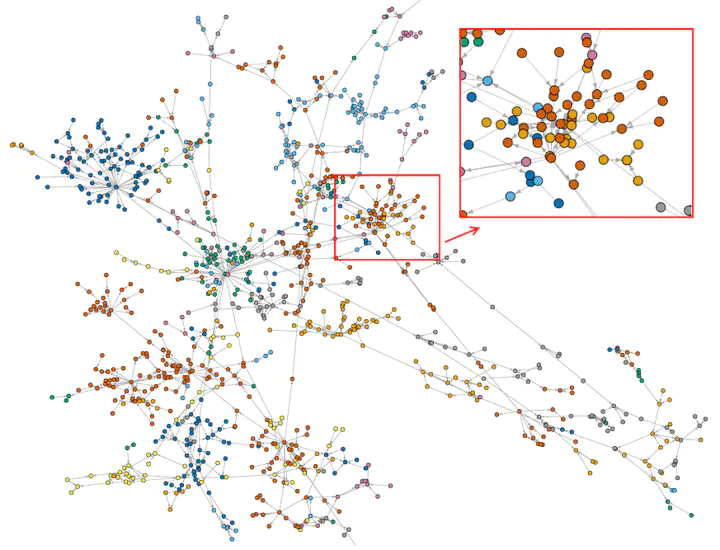
Abstract
Uncertain graphs have been widely used to model complex linked data in many applications, such as guaranteed-loan networks and power grids. In these networks, a node usually has a certain chance of default due to self-factors or the influence from upstream nodes. For regulatory authorities, it is critical to efficiently identify the vulnerable nodes, i.e., nodes with high default risks, such that they could pay more attention to these nodes for the purpose of risk management. In this paper, we propose and investigate the top-k vulnerable nodes detection problem in uncertain graphs. We formally define the model and prove it hardness. A sampling-based approach is first proposed. Rigorous theoretical analysis is conducted to bound the quality of returned results. Novel optimization techniques and a bottom-k sketch based approach are further developed to scale for large networks. We demonstrate the performance of proposed techniques on 3 real financial networks and 5 benchmark networks. Moreover, to further verify the advantages of our model, we integrate the proposed techniques with our loan risk control system, which is deployed in the collaborated bank. Particularly, we show that our proposed model can better estimate the default risks of enterprises compared to the state-of-the-art techniques.